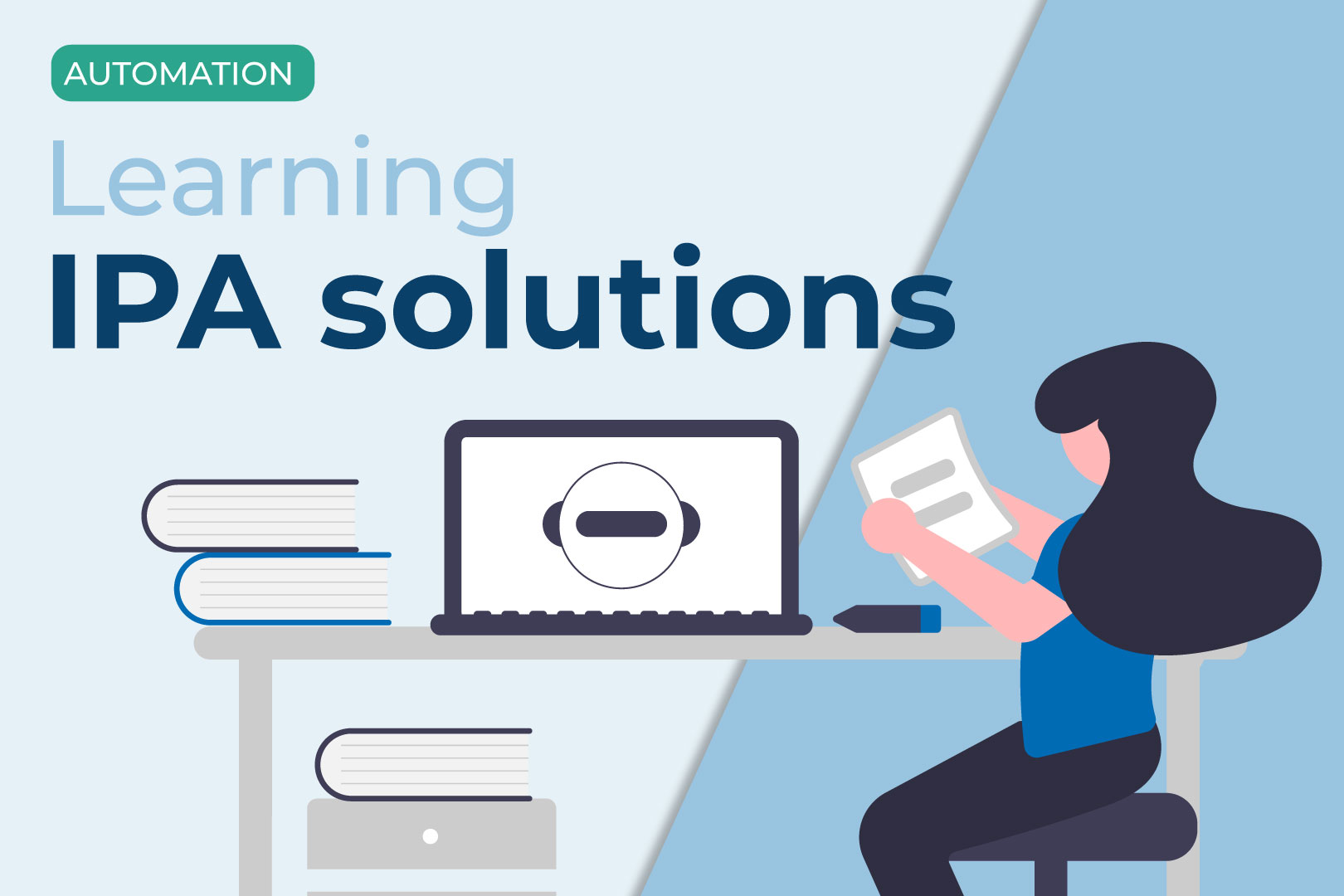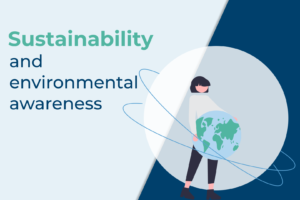Bot-based RPA is a software technology that uses rules-based robot programs to develop the action list by observing the user performing specific tasks in the graphical user interface (GUI). These bots then replicate the same tasks by running a software script that interfaces with the program. RPA bots are programmed to imitate human actions, such as entering data and clicking buttons, to perform the sequence of tasks. They access the computer system through UI using login credentials without directly interfering with the underlying IT systems. RPA can be installed into the existing IT applications and can be augmented later, using a recorder to create software scripts and learn activities.
Bot-based RPA can automate almost all the back-office tasks, such as reporting, data extraction, and entry, service ticket resolutions, procure-to-pay process, and so on, this list is not comprehensive. Ultimately, this technology enables organizations to optimize the customer experience at nearly every point of contact, improving their overall productivity and efficiency.
To learn more about RPA, refer to our blog on Robotic Process Automation and Benefits of RPA
Limitations of bot-based RPA
Though Bot-based RPA is an excellent solution for ground-level automation, it does have certain limitations. Consider the following factors:
Resource dependent and Expensive:
- RPA bots are capable of mimicking human actions perfectly, but any small change in the process requires the code to be modified. This means that the bots depend on programmers or developers to make these changes.
- In the absence of the person who was responsible for over-looking and monitoring the bot in the organization, it requires training another resource to work with the bot. This can be expensive and time-consuming.
- RPA bots are not well-suited for handling exceptions or variations. It requires manual intervention while handling with any failure.
- Bot-based RPA implementation and maintenance can be overwhelming in the long run as businesses may need to invest in training their employees to use bots effectively. This can include providing training on how to operate bots, troubleshoot issues, and how to integrate bots with other software solutions.
- Change requests follow the usual development cycle, which is time-consuming, non-agile, and, in fact, costly.
Fragility and lack of flexibility:
- RPA bots are fragile. If there are any changes in the standard process or as the business scales up, RPA bots cannot upgrade their automation on their own.
- Any updates to the process require significant effort and expertise to implement the new requirements. RPA bots have limitations in continually evolving with new features and capabilities that enhance their flexibility and adaptability. Programming bots to cover all the changes can be confounding.
- As an enterprise grows and its operations become more complex, it may have to increase the number of bots it uses to meet the increased demand for automation, resulting in a lack of flexibility as more investment is needed for the development, maintenance, and support of these bots.
Security:
- While RPA bots can be effective, they can also pose a significant security risk at times. This is because, in some cases, bots can potentially access sensitive information and data without proper authorization, compromising the organization’s security.
Summary
The limitations of the bot-based RPA have become increasing evident as business landscape continues to evolve and adapt to changes. Lacking the scalability and adaptability factor apart from its inability to structure complex unstructured data, hyper automation technology emerges as a complete and perfect solution to overcome these issues and move ahead on a transformative path. Embracing no-code intelligent automation empowers organizations to smoothly navigate the intricacies of automation, positioning themselves for enduring success. The strongest attribute of the intelligent automation solution is its ability to extract data from unstructured formats and its merit of handling complex data in addition to its abilities of embracing change in business processes.


